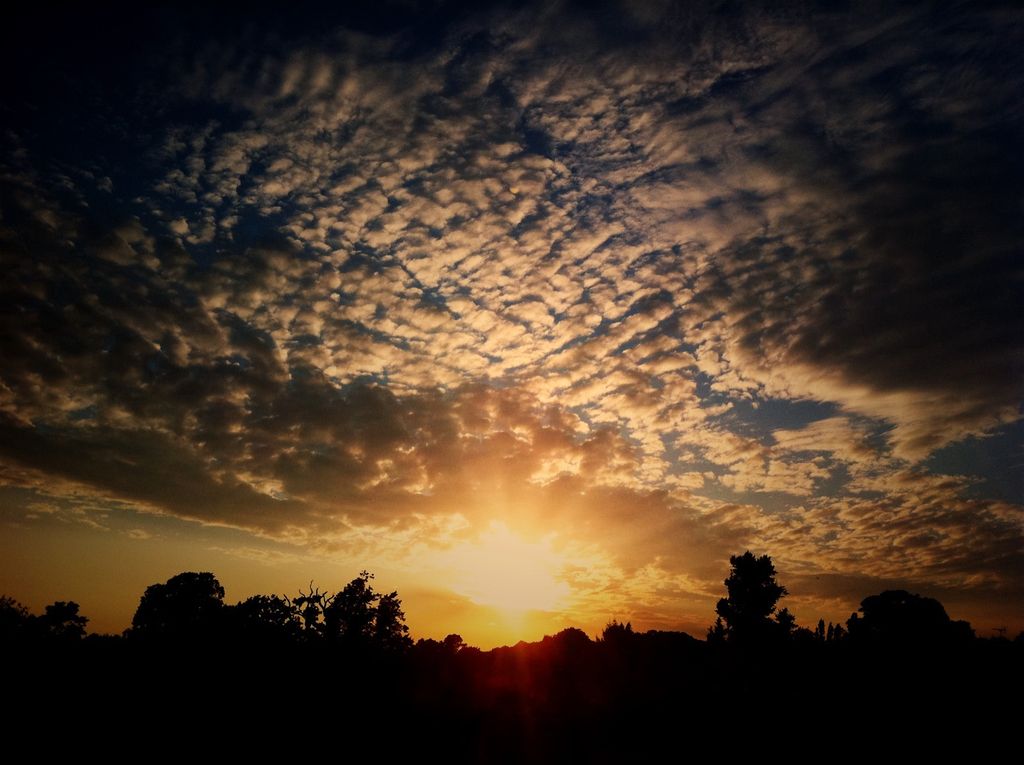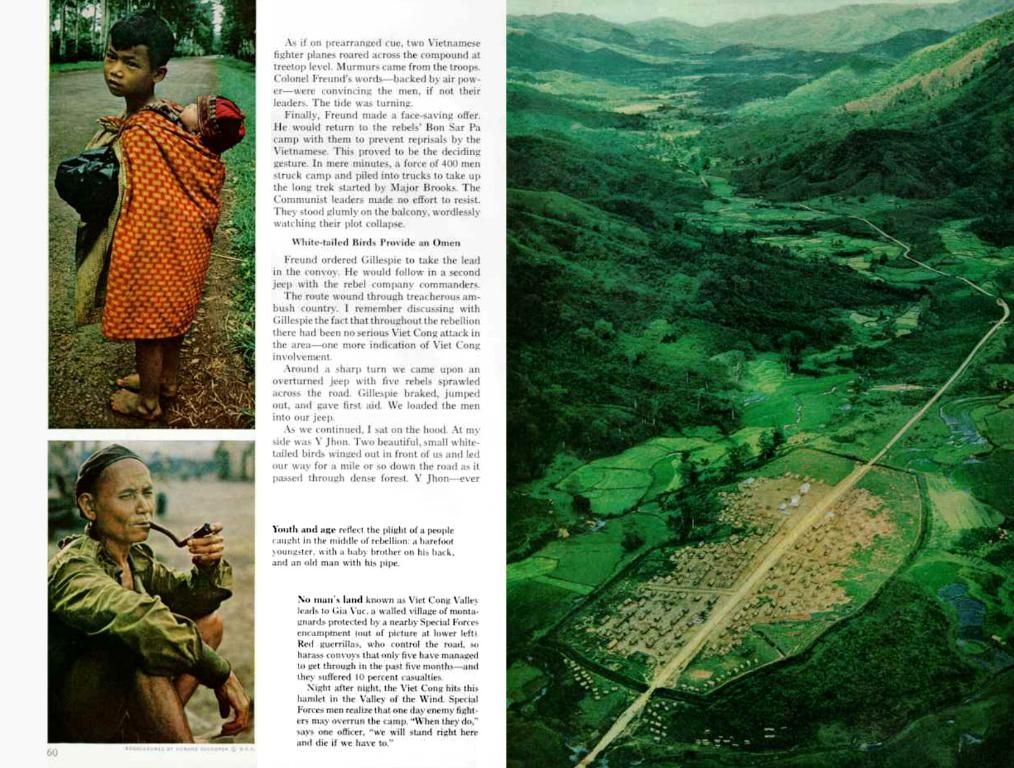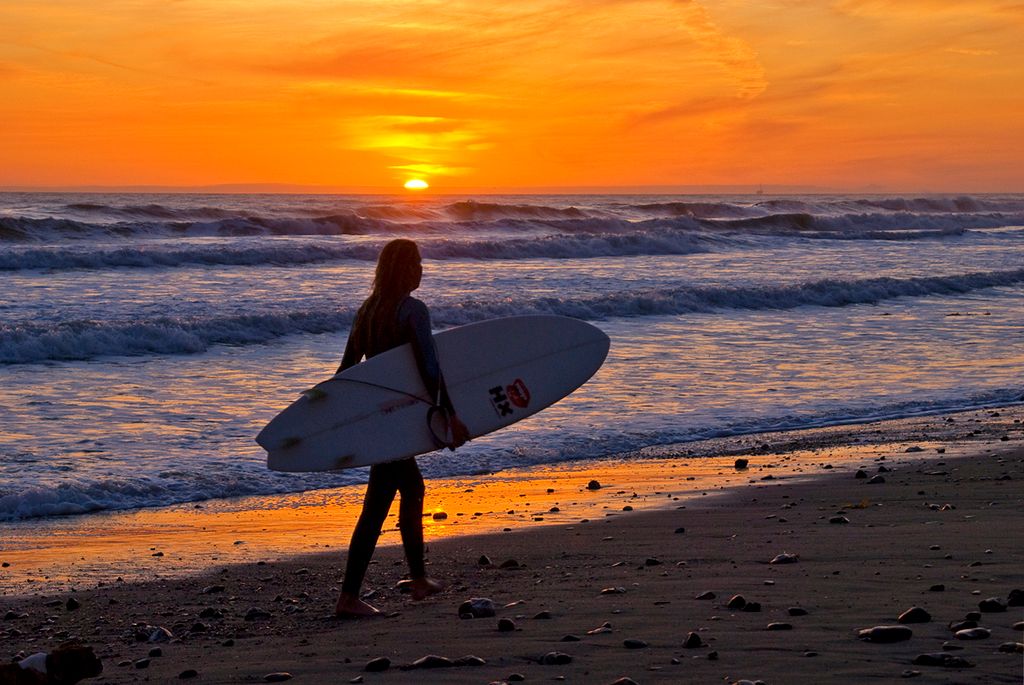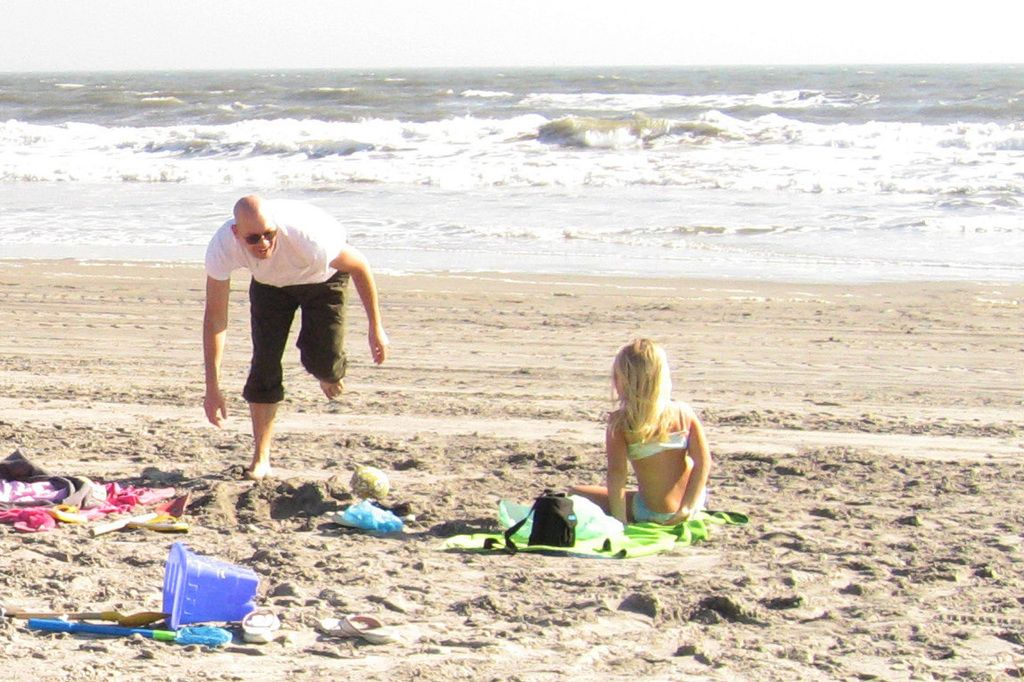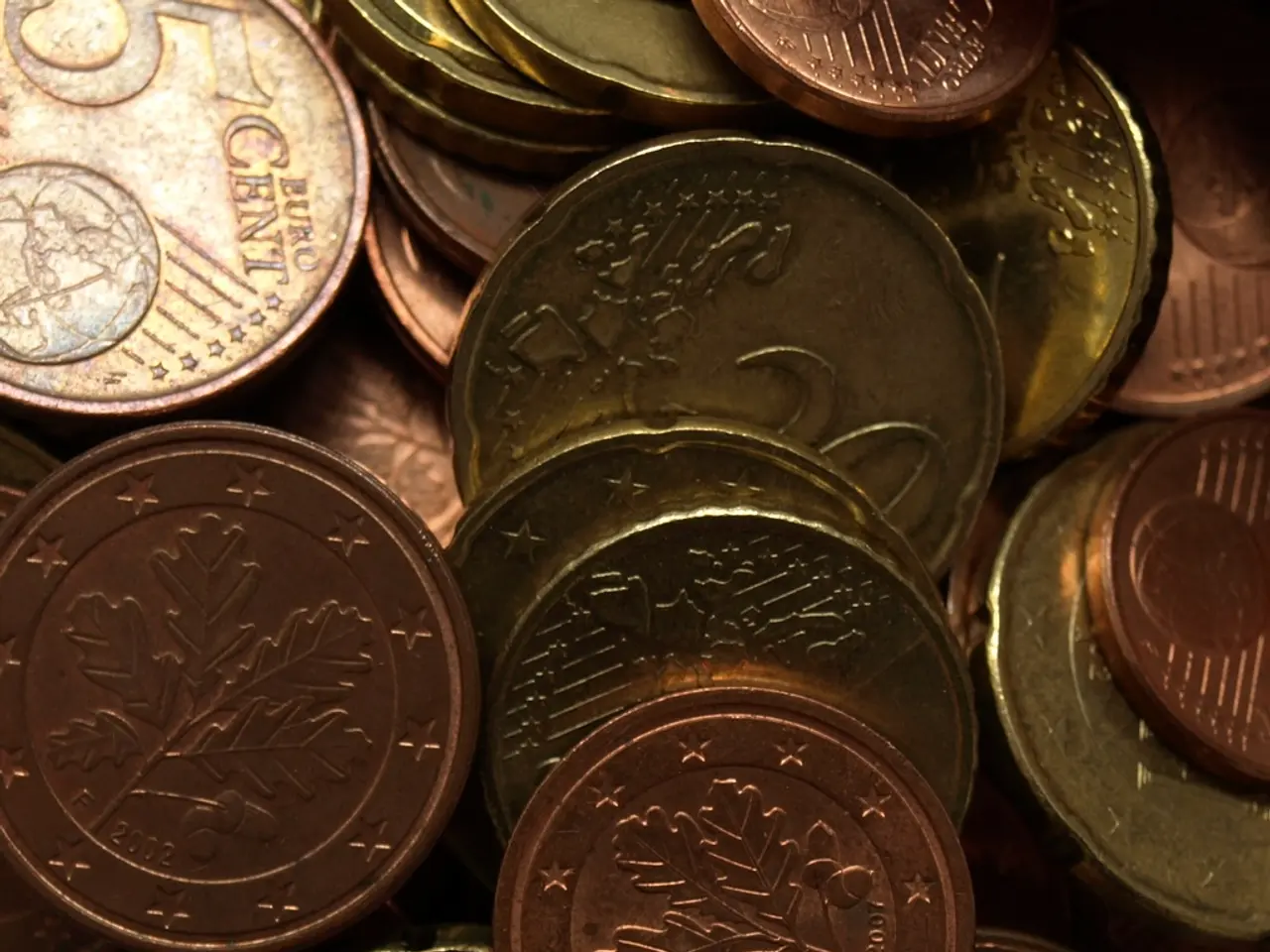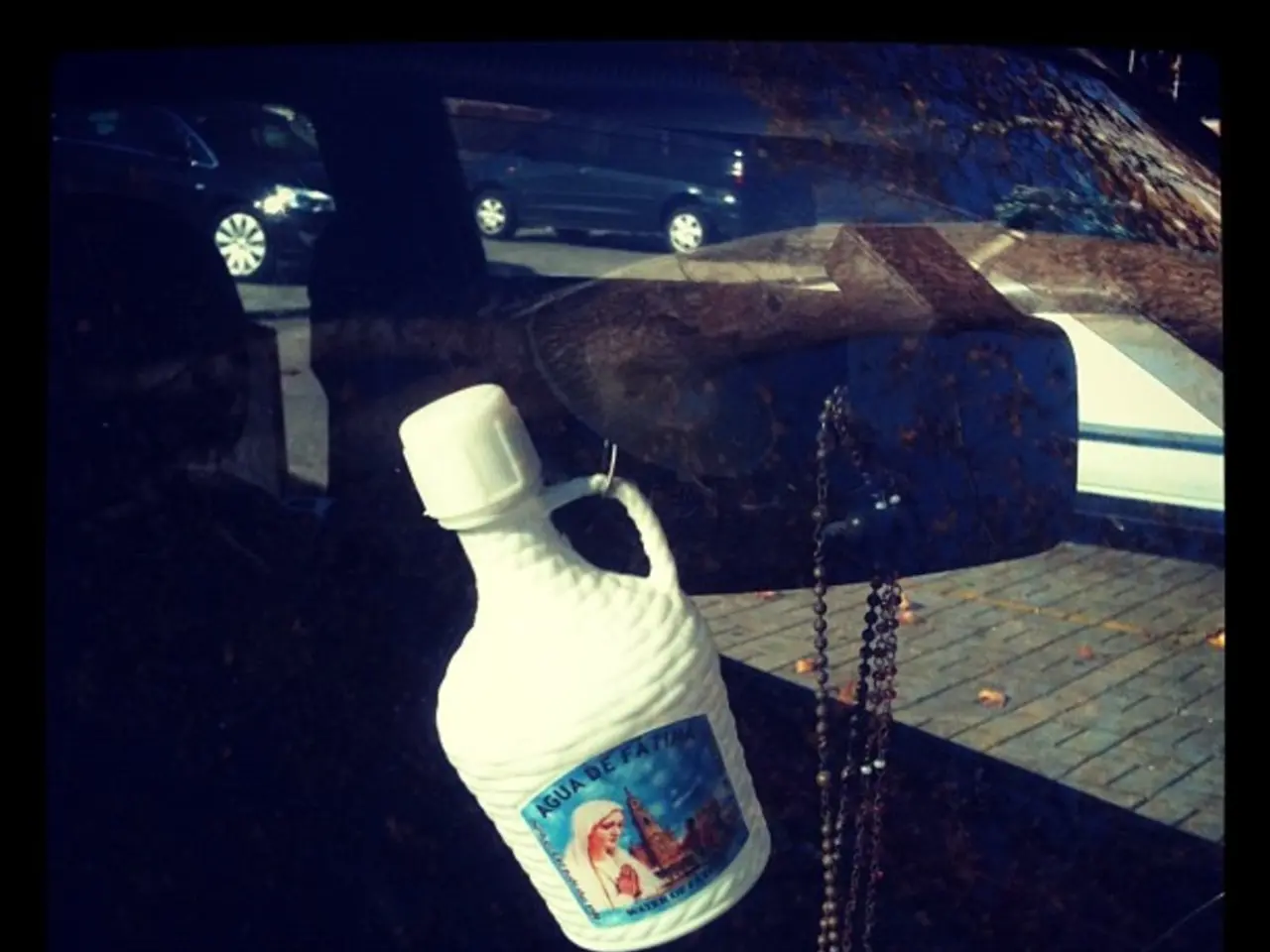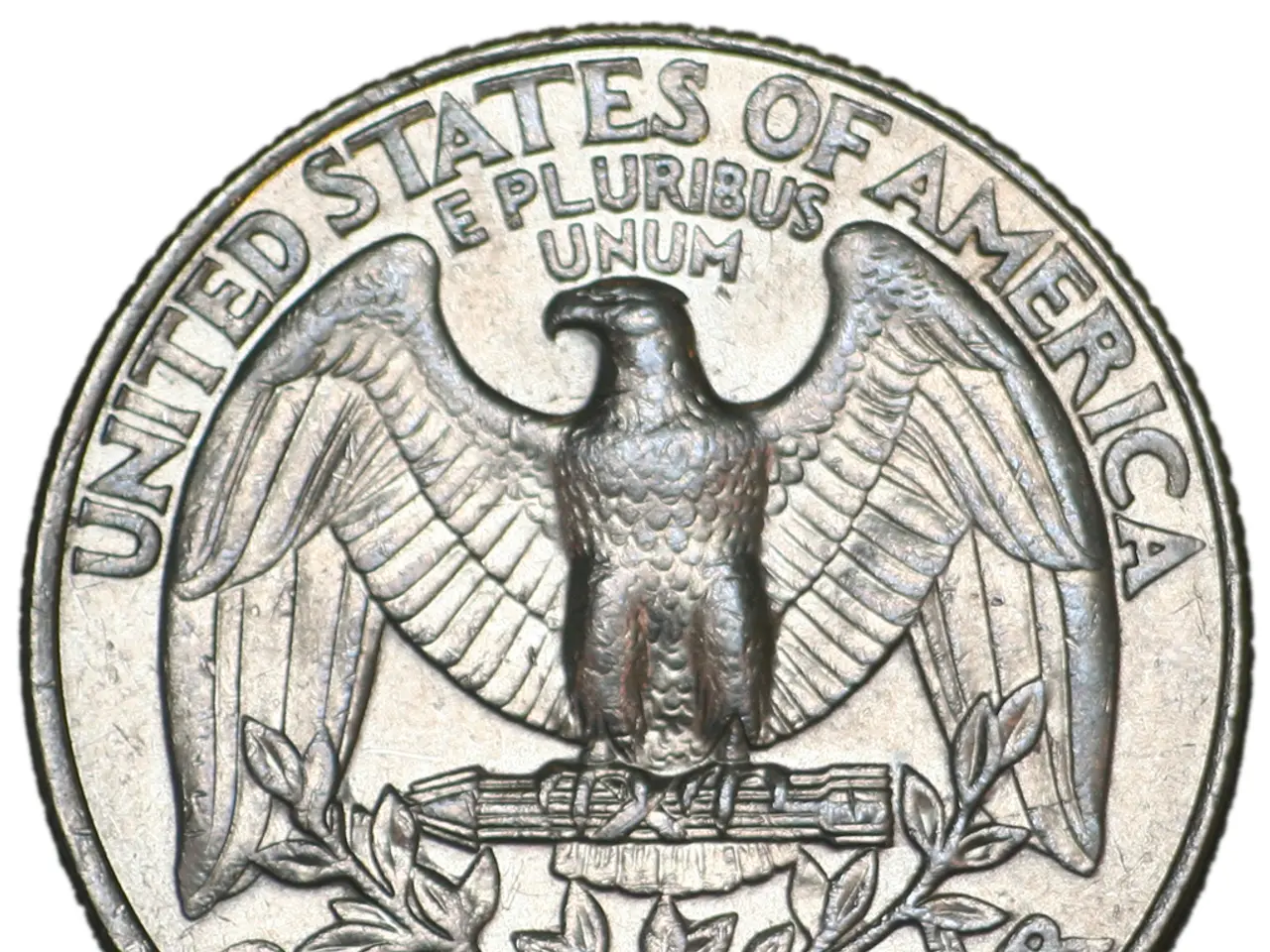Wind Turbine From Bavaria's Selbitz Heads to German Museum
German Museum Prepares to Exhibit Locally Constructed Wind Turbine, Made by a Resident of Bavaria - German Museum Recieves Initial Windmill from Bavaria's Citizens
Brace yourself, energy enthusiasts! The oldest citizen-owned wind turbine in Bavaria is moving to a new home – the German Museum in Munich. The facility from Selbitz, currently in Hof's district, will be dismantled and transported to the museum, to be part of the permanent exhibition "Energy – The Power Source" starting in 2028.
Nature conservationist Wolfgang Degelmann, district manager of the Nature Conservation Association (BN) in Hof, affectionately refers to the wind turbine as his "baby", having been erected in 1995 and put into operation in 1996. With 113 wind turbines in the region, Hof boasts more wind turbines than any other district in Bavaria, Degelmann points out, stating that the region has been a pioneer in the shift towards renewable energy.
The air quality in Hof used to be abysmal
Back in the day, the air in the Hof region wasn't exactly breathable. "Our region had the worst air in Bavaria," Degelmann explains, "Exhaust gases were coming from three directions: the coal mining areas in the nearby Czech Republic's Eger valley, the Ruhr area, and the Leuna works near Halle in Saxony-Anhalt, the largest chemical plant in East Germany at the time. It wasn't uncommon to see cases of pseudocroup, an upper airway inflammation commonly affecting infants and children, in our region."
To combat this pollution and generate clean energy locally, the BN decided to build a wind turbine – but how to raise funds? Their solution? A citizen participation model, allowing residents to invest between 1,000 and 20,000 DM in the wind power project and share profits in return. This initiative raised 350,000 DM in equity capital, with the Free State of Bavaria providing a subsidy of 100,000 DM and a loan of 900,000 DM taken out.
"We brought the people along"
Degelmann proudly recalls the citizen participation model's success: "We took the people along and demonstrated the feasibility of expanding renewable energy with community involvement." Now, there are more than 1,000 wind turbines in Bavaria that produce green electricity. The so-called 10H rule, which had previously imposed strict distance regulations between wind turbines and residential construction in Bavaria, was relaxed in 2022, making it easier to build new wind power plants in the state.
Despite good returns for investors, the model of citizen participation in renewable energy projects hasn't yet gained widespread popularity, with most wind turbines in Bavaria owned by companies rather than local citizens.
Visitors to the German Museum will soon be able to explore the workings of citizen-owned wind turbines, as only the gondola of the wind turbine from Selbitz will be displayed in the exhibition. The team at the German Museum is thrilled about the addition, Faust emphasizing, "Not only did we secure an object of the right size, but we also got one with a compelling story."
In the exhibition, visitors can also learn about the citizen participation model and how it empowers communities to take part in the clean energy revolution.
- In the Hof region, where the air quality used to be poor due to pollution from three sources, a nature conservationist named Wolfgang Degelmann, from the Nature Conservation Association (BN) in Hof, spearheaded a shift towards renewable energy.
- To raise funds for a wind turbine, the BN in Hof utilized a citizen participation model, allowing residents to invest between 1,000 and 20,000 DM in the wind power project, share profits, and be part of a local clean energy solution.
- This innovative citizen participation model, implemented successfully in Hof, paved the way for the expansion of renewable energy with community involvement, leading to more than 1,000 wind turbines in Bavaria producing green electricity today.
- As a result of this initial success, the so-called 10H rule, once strict distance regulations between wind turbines and residential construction in Bavaria, was relaxed in 2022, making it easier to build new wind power plants in the state.
- In the coming years, visitors to the German Museum can learn about the citizen participation model's impact and its role in empowering communities to take part in the clean energy revolution.
- Furthermore, the German Museum will showcase the gondola of the wind turbine from Selbitz, which was the oldest citizen-owned wind turbine in Bavaria and is now a permanent exhibit in their "Energy – The Power Source" exhibition starting in 2028.

